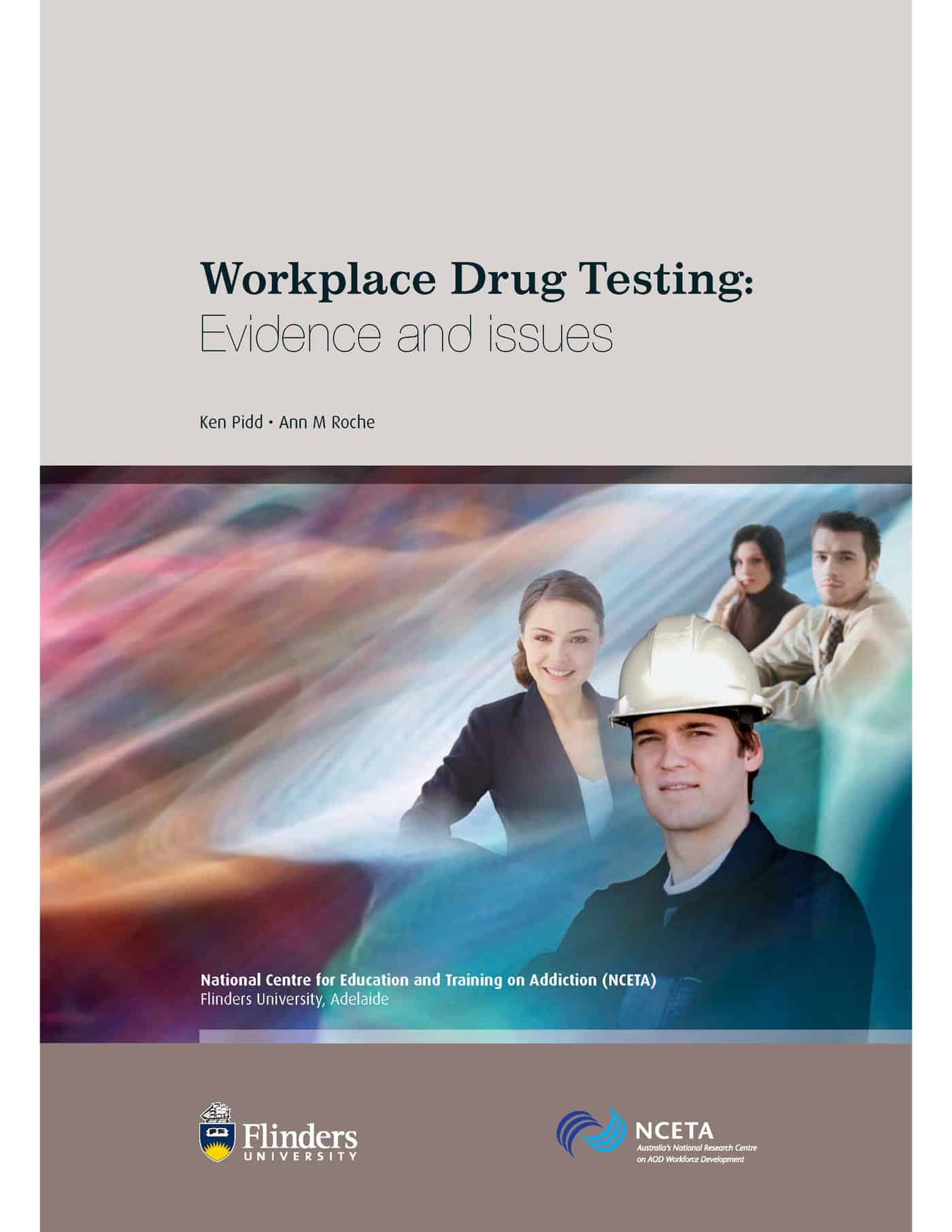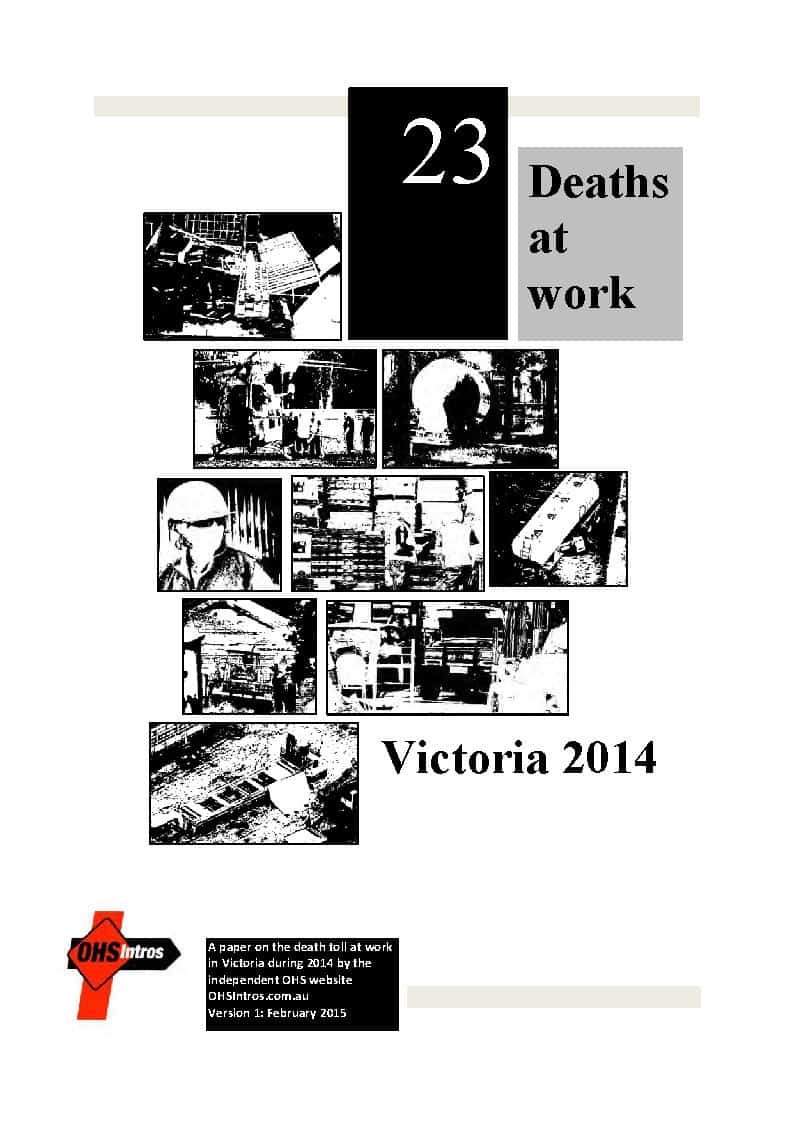 At lunchtime today, the Institute for Safety, Compensation and Recovery Research (ISCRR) conducted a short seminar of five 7-minute presentations, predominantly, from academic researchers.
At lunchtime today, the Institute for Safety, Compensation and Recovery Research (ISCRR) conducted a short seminar of five 7-minute presentations, predominantly, from academic researchers.
The most significant statistic provided was by Dr Genevieve Grant who said that only 39% of injured workers submit claims for workers compensation. The significance is that the Australian government, OHS regulators and policy makers rely on the number of claims being a measure of the level of workplace safety.
This figure illustrates the absurdity of many of the statements made about which is the safest State in Australia. Continue reading “The 39 (per cent) Steps”




